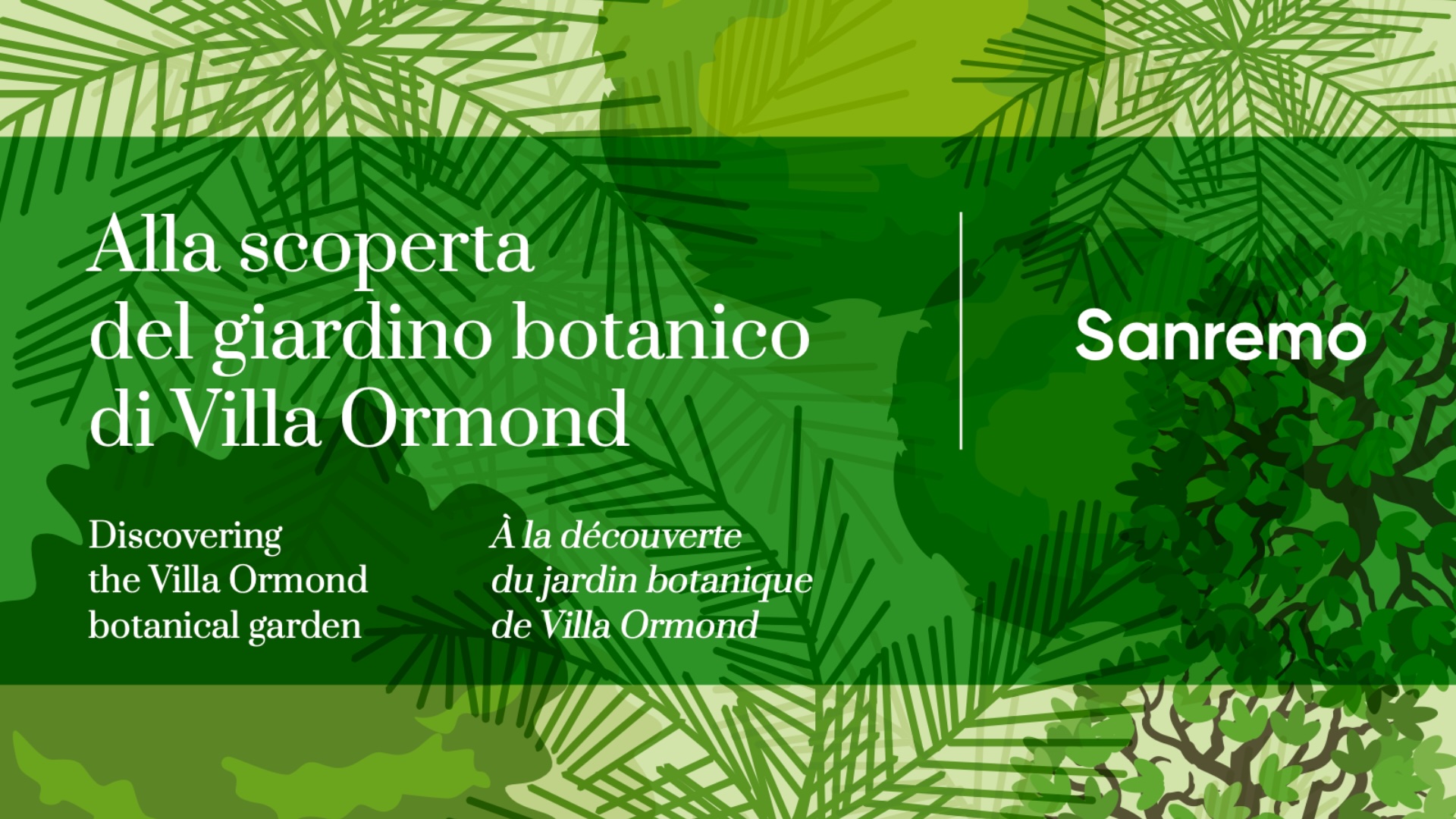The genus Phoenix, in Latin phoenix corresponds to the translation of Greek phoinix = palm tree. In Greek phoinix is the feminine of phoenix, a name given to a mythical bird, Achilles’ companion, in Greek mythology. This bird is reborn from its own ashes as date palms are reborn after fires. Another explanation is its supposed origin in Phoenicia. The specific epithet derives from the Greek dactylos = finger, and the Latin fero = to carry, referring to the shape of the fruit. Known in the Mediterranean basin since the dawn of time as the “tree of life,” the date palm still retains much of its mysterious charm and religious symbolism.
| Nome comune | Date palm |
| Origine | The range of origin extends from North Africa to the Middle East, but the date palms grown today in gardens and oases do not allow us to locate the ancestral aspect of the species. So much intervention of anthropogenic selectio has occured. A manipulation that no longer allows us to locate individuals traceable to the original wild population, but only domesticated forms. |
|
Descrizione |
Single-stemmed or caespitose palm, with pinnate leaves, stiff pinnules, highly variable in colour from slightly dull greayish green to bright blue; strong spines at base of rachis, which is yellowish. Dioecious palm, spathes with branched inflorescences; male flowers cream-colored and female flowers yellow; fruits oblong, varying in size, colour yellow, orange, dark purple, purplish; fleshy fleshy and sweet depending on variety. universally known, dates are consumed by local people and feed an important international market. Date palm varieties are numerous and vary from region to region. The seed is elongated, often pointed on both ends and with a furrow opposite the germinal pore. Multiplication is by seed, but widespread is the agamic cultivation practice, by removal of basal shoots, in order to preserve the sex and fruit characteristics of the parent plants. Because of its pronounced ornamental qualities, it is widespread in gardens along the Riviera, where it can withstand temperatures as low as about -8 °C. Cultivated in western Liguria since the 14th century, vestiges of the ancient medieval palm grove still remain in nearby Bordighera, evidence of the historical “pheniculture” that characterized the Ponentine agricultural landscape until the first half of the 20th century. The Riviera’s palm groves did not produce fruit for food but leaves for Jewish religious tradition and the Christian Passover liturgy. Most of the centuries-old palms growing in the historic parks of the French-Italian Riviera come from the old palm groves of Bordighera. The date palms in the gardens of Villa Ormond were planted mostly in the 1930s and 1995. |

